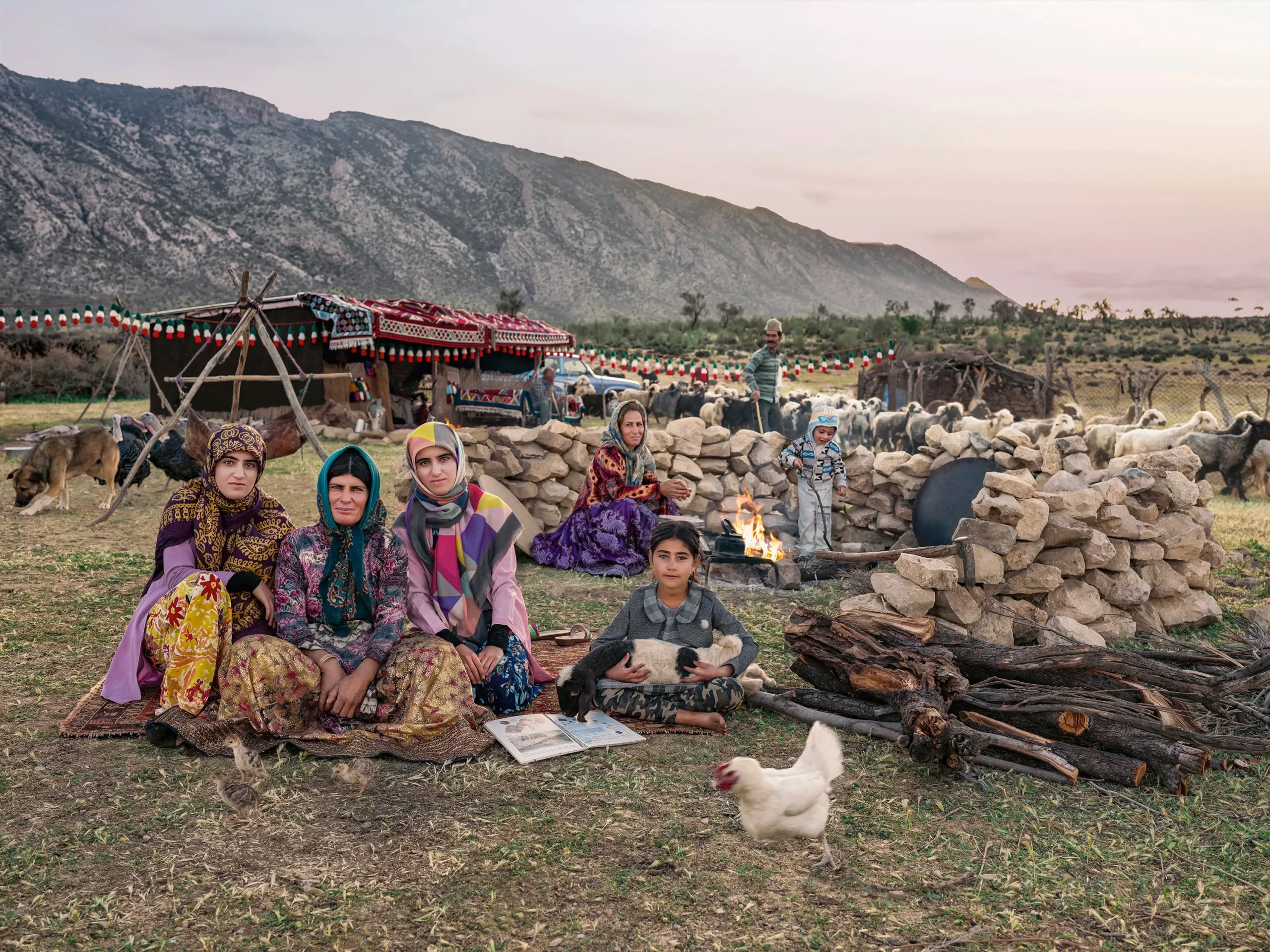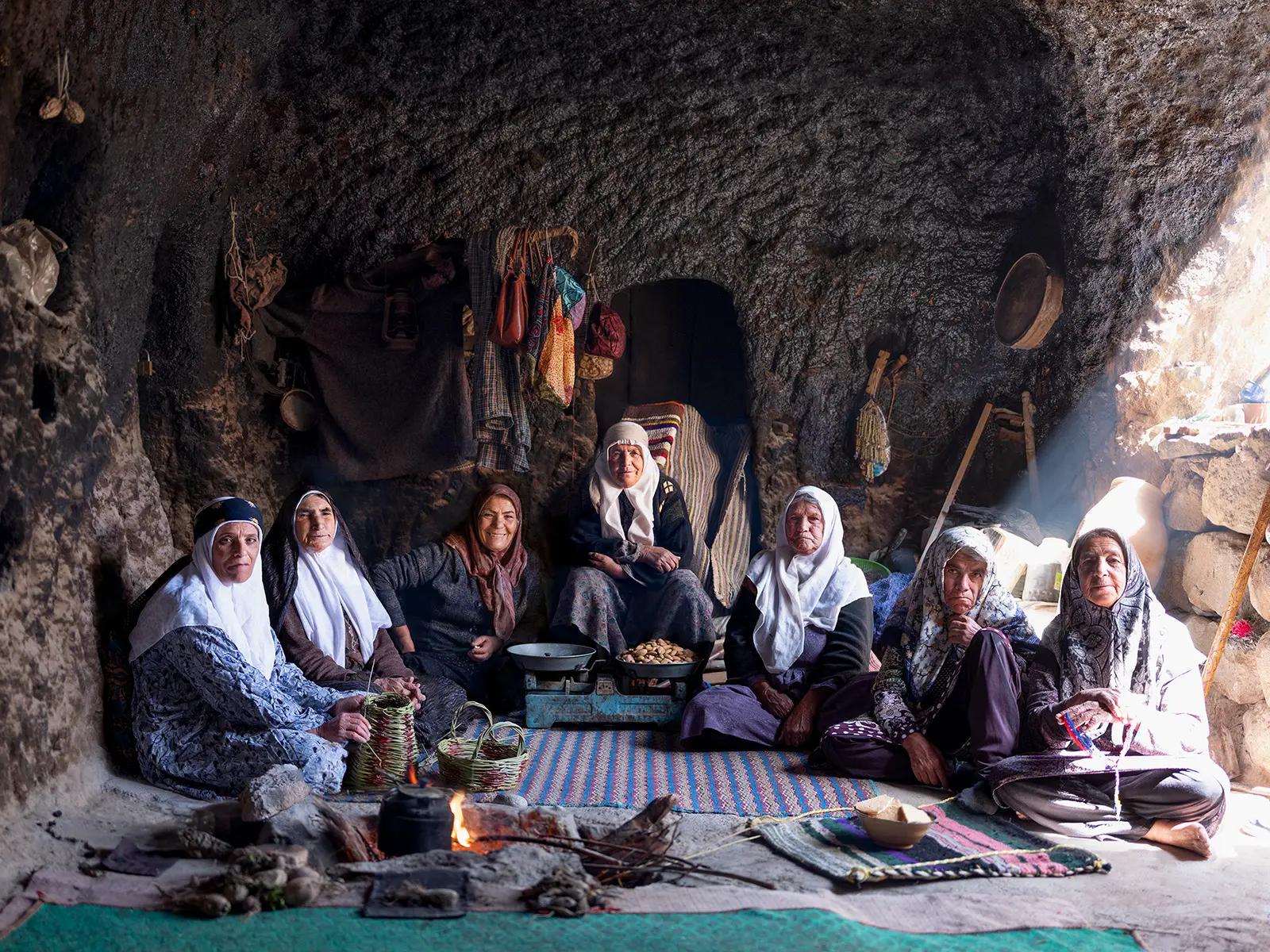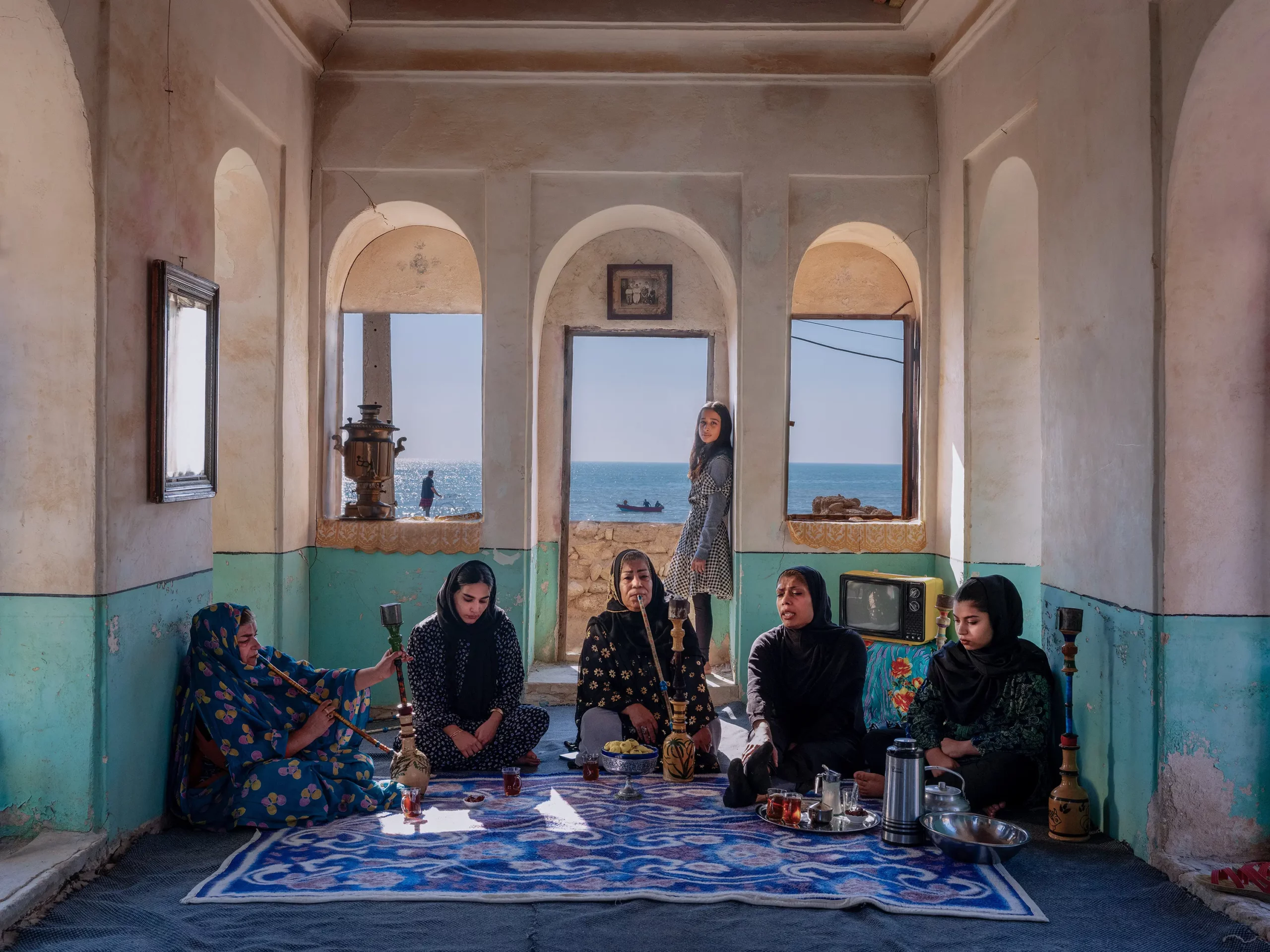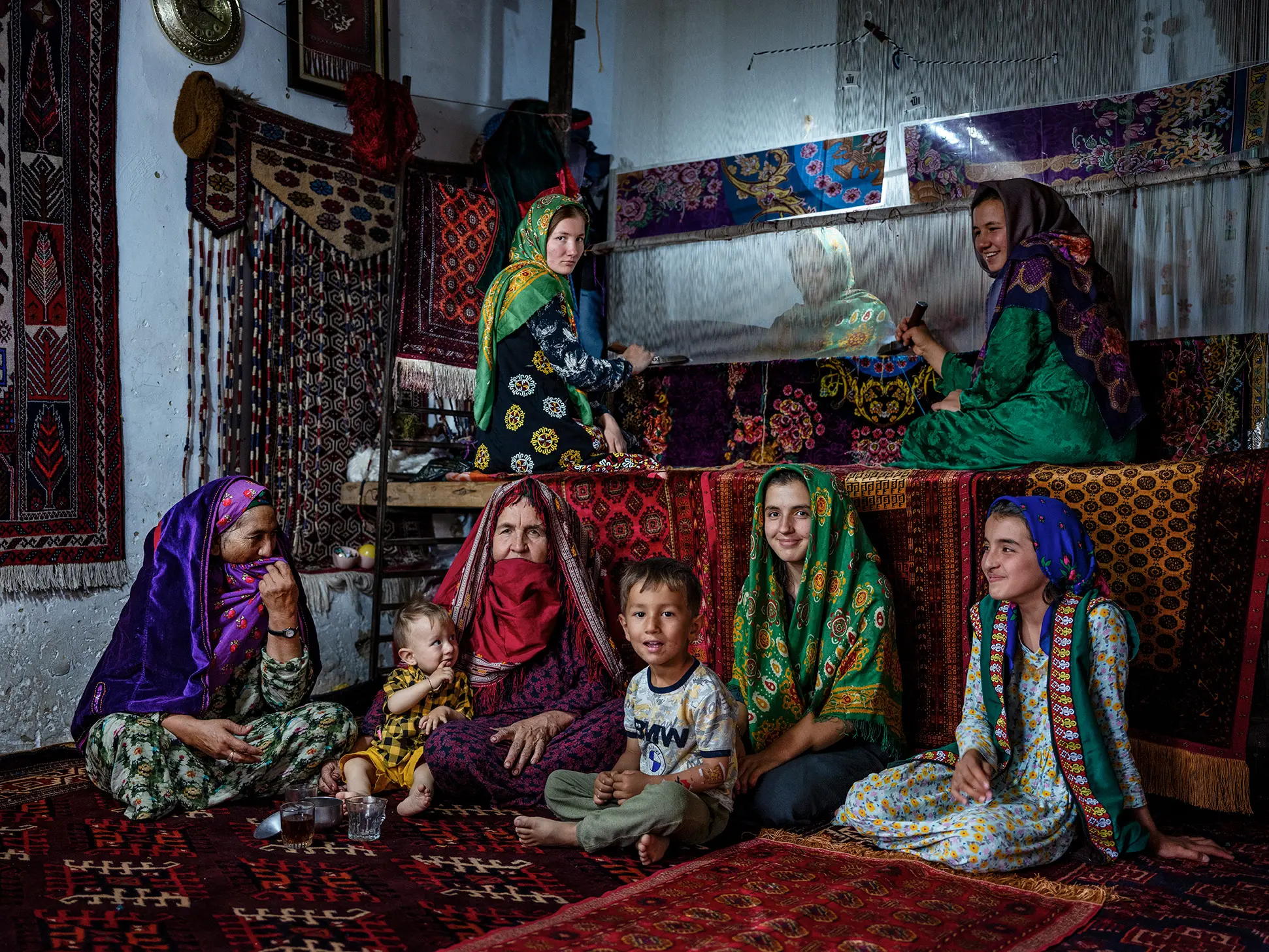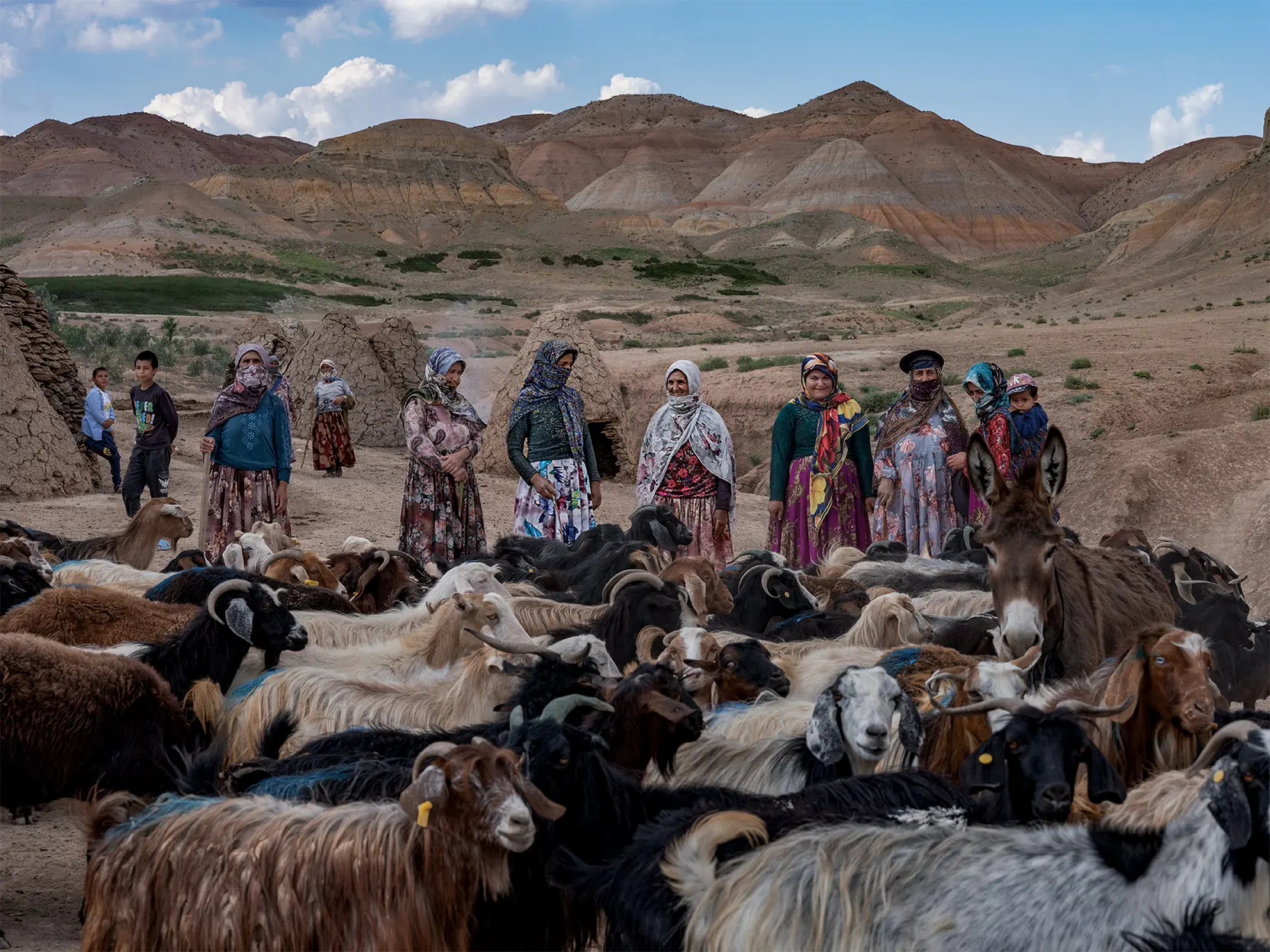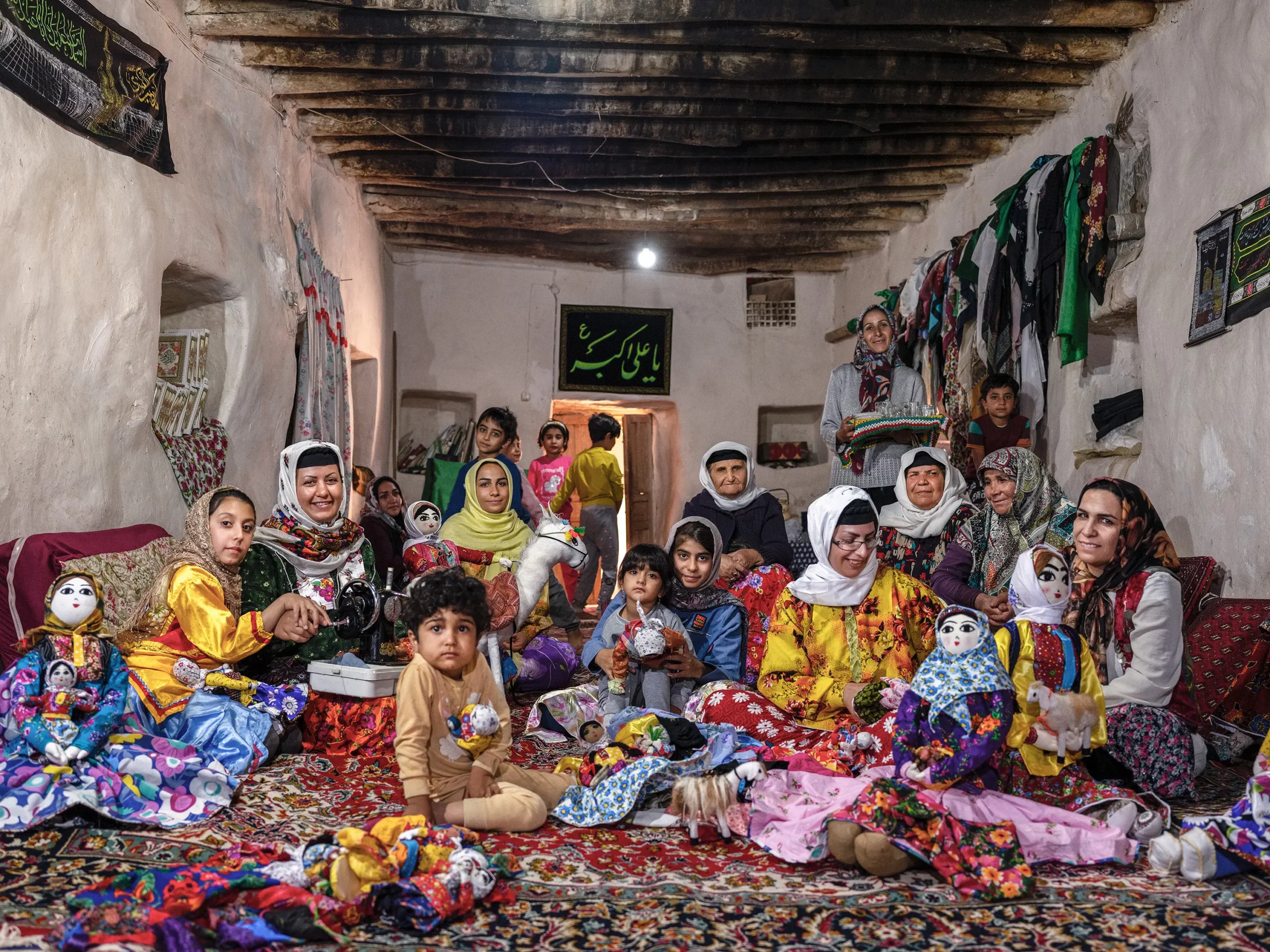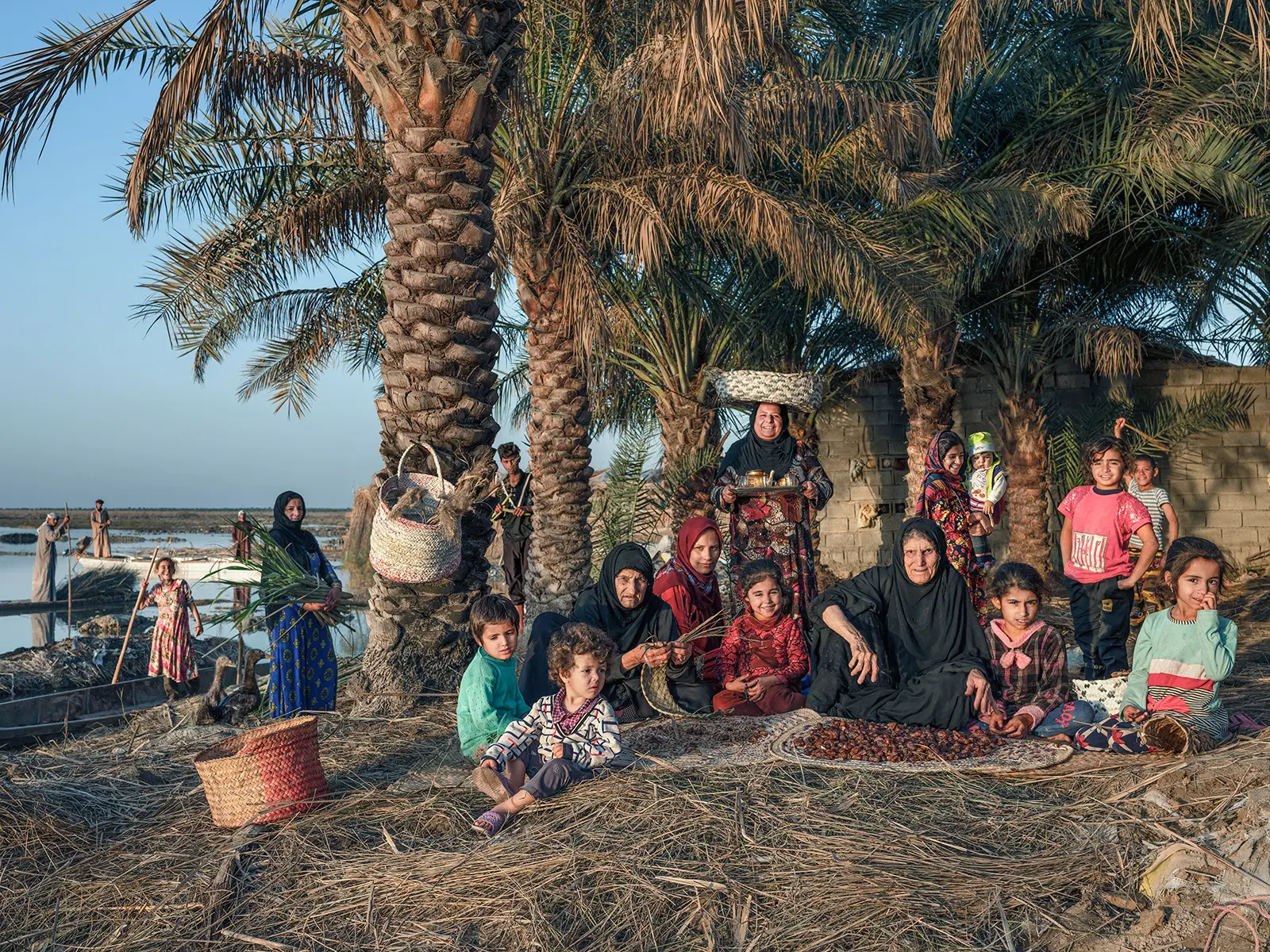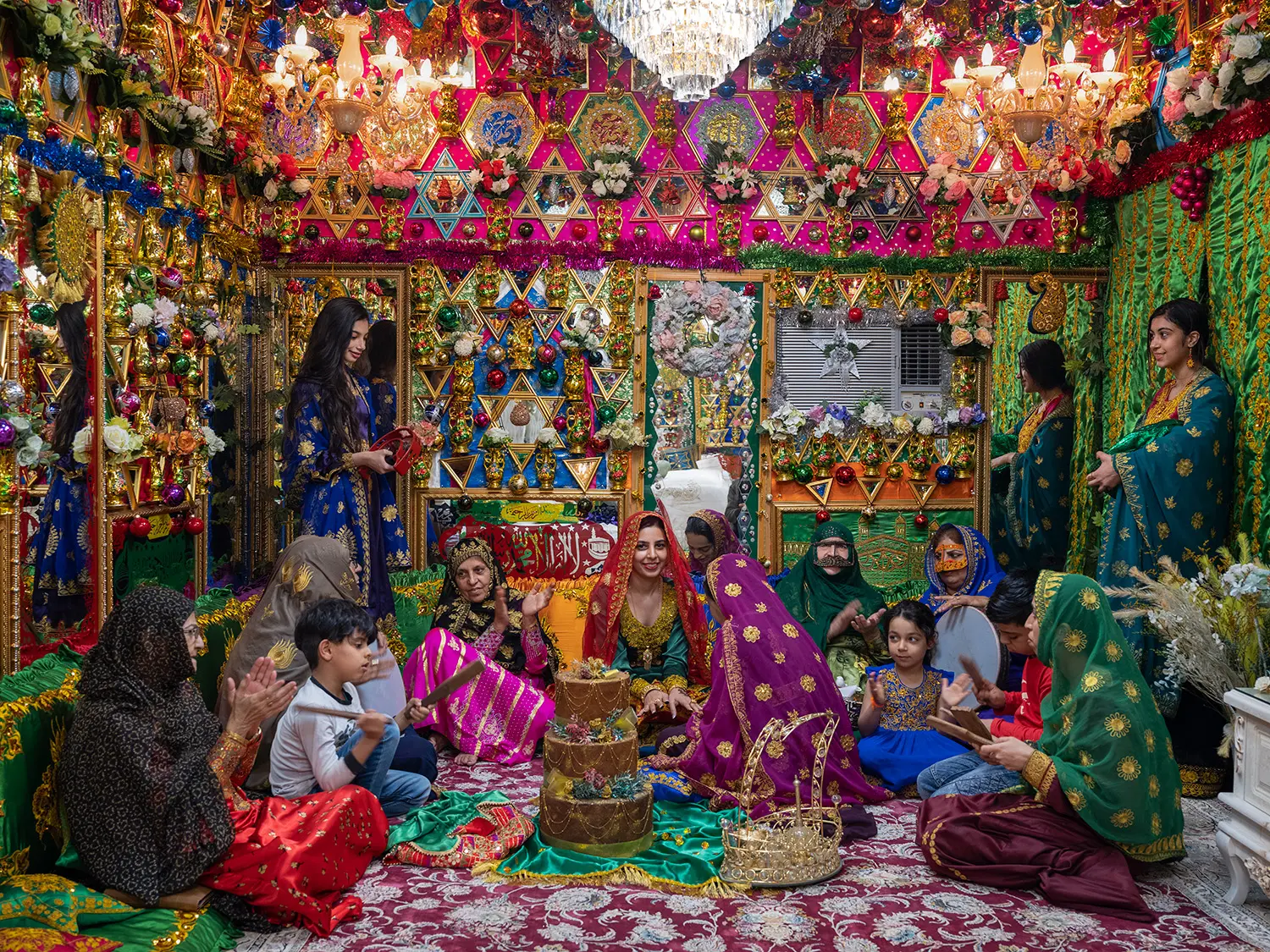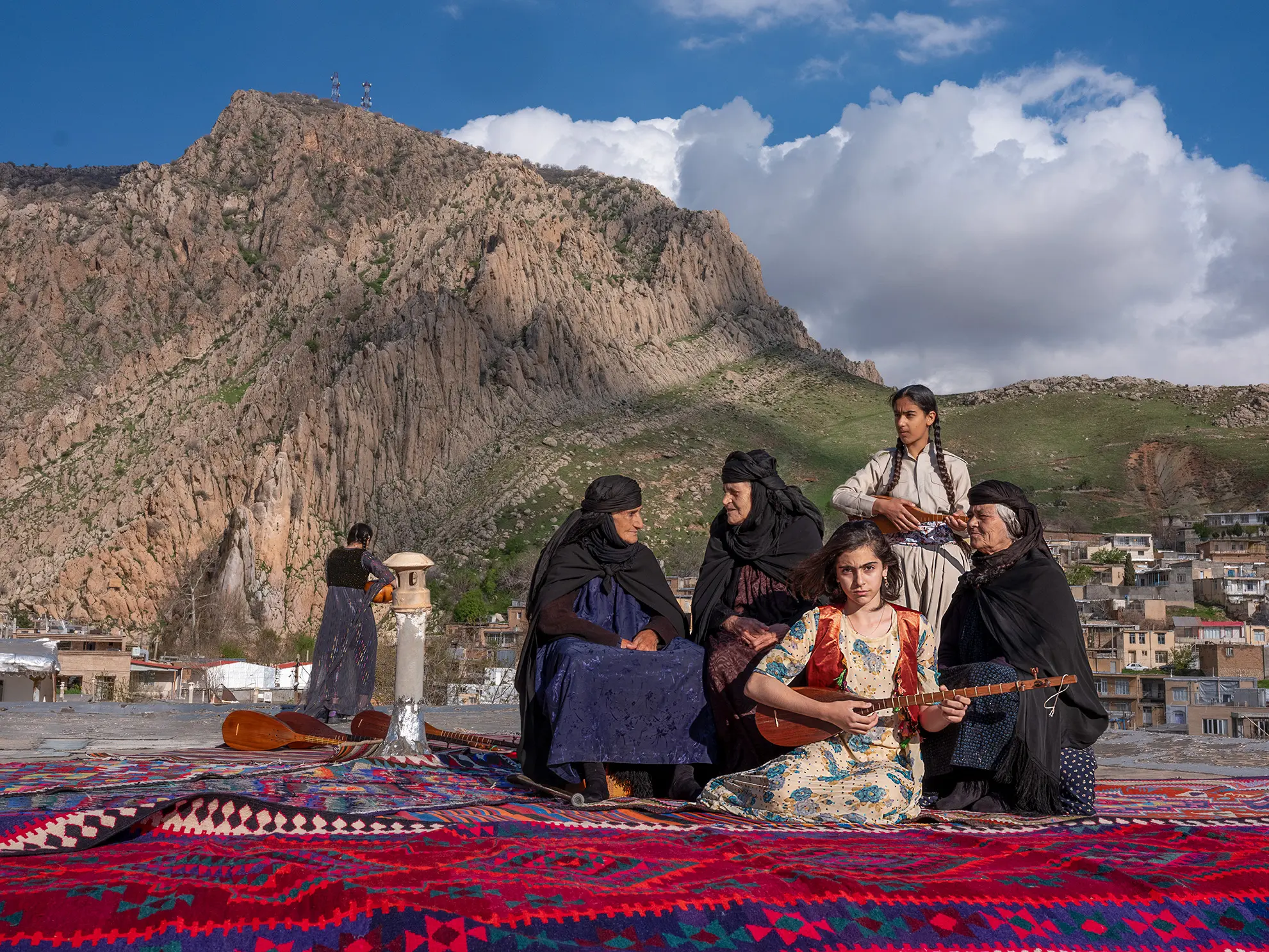Each year, IPA is privileged to showcase hundreds of exceptional photographs from around the world. This year, we dwell on a remarkable series that has resonated deeply with both judges and audiences alike—taking us on a journey through Iran.
As Maryam Firuzi, the renowned Iranian visual artist, notes, Iran is “the world’s first nation to articulate the concept of ‘country.’” Over the course of four years, Firuzi traveled more than 50,000 kilometers across her homeland, accompanied by her mother and a dedicated team. Her quest to explore her roots in war-torn Iran resulted in 60 captivating photographs, 10 of which have won her IPA’s 2024 title People Photographer of the Year.
We are undoubtedly mesmerized by these images. Yet, we are equally curious about Firuzi’s journey and the discoveries she made along the way. We invite you to immerse yourself in this visual treat and reflect on the profound insights revealed in her answers to our questions.
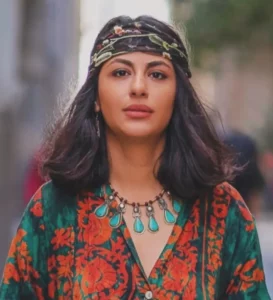
Q: All the women in the photographs seem to act as one unit. You mention in your biography that this was something you did not grow up with. What traditions have you observed from them that you want to start implementing to replicate this sense of community in your life?
During the course of this project, I found myself repeatedly navigating a deep ambivalence. On one side, the family unit and inherited traditions serve as the foundation of individual identity, fostering a sense of collective strength, empathy, and security through the bonds shared with family and relatives. Simultaneously, however, these same traditions act as restrictive forces, suppressing personal freedoms and agency. This tension between belonging and autonomy was a source of profound contemplation throughout my journey.
What resonated most deeply was the juxtaposition between the lives of these women and my own family dynamics, a realization that led to a profound inner reconciliation. Their openness in sharing both joy and sorrow created an atmosphere of communal healing—something I had long been distanced from.
The rural cadence of life, paired with the serenity of nature, seemed to nurture their spirits, even amid suffering. In contrast, my own existence in a modern, urban setting had left me bearing my burdens in isolation, often overwhelmed by the relentless pace of contemporary life, teetering on collapse under its weight.
“Upon my return, I found an ability to recalibrate—learning to let my friends support me and to resist the overwhelming tide of modernity by granting myself the permission to pause, reflect, and recover.”
This journey reinforced a critical understanding: that the rhythms of life, however fast or slow, must ultimately be in service of nurturing the self, both individually and collectively.
Q: What surprised you the most during this 4 year journey?
As I embarked on my journey through Iran, I was confronted with the staggering cultural, geographical, and linguistic multiplicity of the land, all while observing the remarkable strength and autonomy of women, even within the constraints of patriarchal and deeply traditional contexts. Iran, the world’s first nation to articulate the concept of “country,” became, for me, a living repository of history. The subcultures, languages, and customs I encountered were not merely regional variations—they were ancient phenomena, often tracing back millennia. It felt as though I was engaging in a dialogue with history itself.
My mother accompanied me on much of this journey, a presence that facilitated our deeper access to the intimate, familial realms of women’s lives. Partway through the journey, she made an observation that deepened my own sense of wonder:
“the myriad regions of Iran, despite their overt differences, revealed unexpected cultural congruities. Beneath the surface distinctions in language, attire, lullabies, and rituals, we uncovered a shared heritage, a set of underlying roots that connected the disparate cultural expressions across the country.”
These encounters underscored Iran’s cultural complexity, where both diversity and unity coexist, creating a profound sense of continuity across time and space.
Q: What did you wish they had more of that you had, and wished you had more of that they had?
I wished for them to have a more comfortable life economically and at the same time in some areas to have more suitable conditions to continue their education and also in some areas I wished for more personal and social freedom for women. For myself, I wish I had more roots so that my identity crisis would have been better, especially in my early youth, and at the same time I would have had more peace of mind.
Q: Your series is titled “In the Shadows of Silent Women”. Yet, the photographs capture festivities, pastoral beauty, and communal jubilation. What is hidden behind the beautified photographs?
The series is titled “In the Shadow of Silent Women,” reflecting the obscurity of those whose voices remain unheard. They emerge from the dust of history, surprising us with their presence. To me, these photographs act as an open seal, revealing untold stories.
I aimed not to beautify but to capture the essence of these moments that nobody pays attention to. Moments that happen to be beautiful and human. I feel like we all deal with suffering enough in our lives and we happen to be surrounded by images of so much suffering by the media.
I started this project when I was very vulnerable and helpless and I needed to see that there are humane and happy situations in the world in the midst of so much pain and suffering. Many of the images come from remote areas where life is fraught with challenges, yet resilience prevails.
While photographers often focus on the economic, social, and environmental struggles in these regions, I sought to see beyond the suffering. My goal was to present these women with a more humane and equitable perspective, recognizing them as symbols of resistance and strength.
Q: What is the most challenging aspect of photographing people? And women ąin remote villages in particular?
My greatest challenge was gaining entry and acceptance within these small groups. Many women in these societies were hesitant to be photographed, which made my task difficult. I needed to establish trust, and after my third photo, my team had dwindled to just my mother and me, who together were able to win their confidence through our bond.
In many of these communities, deep-seated prejudices lead women to refuse participation. I recall visiting an elderly woman in a village near Yazd who, while hosting me, expressed her fear that being photographed would lead to her husband divorcing her. A similar experience occurred in a village near Tabriz with a young woman who shared the same concern.
Q: What advice would you give to photographers who want to pursue anthropological photography?
People should not feel like mere objects for your benefit; they possess inherent dignity. Truly engage with them by living alongside them, listening to their stories, and showing that their importance is recognized and valued. On the other hands Photography requires patience, especially in communities where time feels different. Avoid imposing your own time constraints; instead, adapt to their pace to achieve meaningful results. And last one:
“Not everyone will be receptive to your camera. Remember that for every “NO”; there is likely a “YES” waiting to be found. Embrace setbacks and keep trying.”
Q: What does winning the IPA award mean for you?
For me, being accepted into a family or rather a photography community is. I have been following your activities for years and I never thought that my photos could win. Until one of the curators who saw my photo series encouraged me to participate in this contest. And I’m glad I followed her advice.
Q: What made you want to enter IPA?
Above all, professionalism and the wide audience you reach. All this allowed me to become more professional in photography and my photos found new audiences.
Q: Which camera/s and gadgets did you use?
My body is FUJIFILM, GFX 50 R, with lens GF 45mm fujifilm
